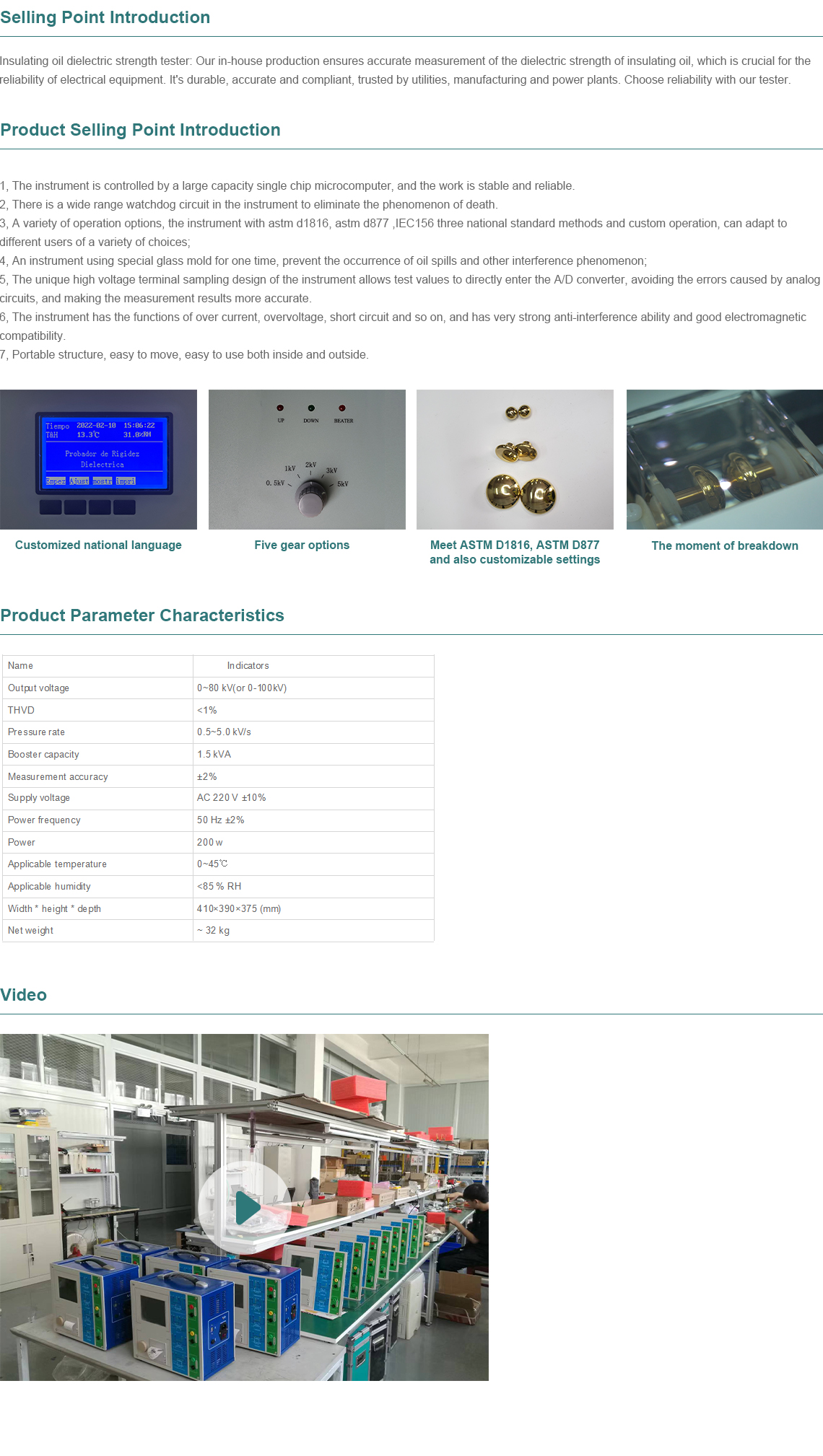 English
English


Transformer Magnetising Current Test
Magnetising Current Test of Transformers
The magnetising current test is a pivotal assessment in evaluating the performance and characteristics of transformers. This test helps in determining the magnetising inductance and losses within the core of a transformer, providing essential insights into its operational efficiency and reliability. The magnetising current, also known as no-load current, is the current drawn by the transformer when it is energized at rated voltage, while operating without load.
When a transformer is connected to an AC supply, the magnetising current primarily serves the purpose of establishing the magnetic field necessary for the operation of the transformer. This current flows through the primary winding and creates a magnetic flux in the core, which, in turn, induces a corresponding voltage in the secondary winding when a load is connected. The magnitude of the magnetising current is influenced by several factors, including the core material, geometry, and the frequency of the applied voltage.
The test is conducted by applying the rated voltage to the primary side of the transformer while the secondary side is left open (unloaded). The resulting magnetising current, which is primarily of inductive nature, can be measured using ammeters or clamp meters. During this process, the voltage and current waveforms are typically analyzed to ascertain the phase angle between them, which provides vital insights into the transformer's magnetising reactance and losses in the core.
magnetising current test of transformer

One of the key objectives of the magnetising current test is to evaluate the core loss, which is inherently related to the hysteresis and eddy current losses in the magnetic material. Hysteresis loss is caused by the repetitive magnetization and demagnetization of the core material, which generates heat. Eddy current loss arises from circulating currents induced within the core due to the alternating magnetic fields. By quantifying these losses, engineers can determine if the transformer is operating efficiently and identify potential areas for improvement.
Furthermore, the results of the magnetising current test can also be used to assess the health of the transformer. An abnormally high magnetising current may indicate core saturation or deterioration of the insulating materials, both of which can lead to operational inefficiencies or even catastrophic failures. Continuous monitoring of magnetising current values can, therefore, serve as a predictive maintenance tool, allowing for timely interventions to ensure reliable transformer operation.
In addition to core loss evaluation, the magnetising current test is vital for understanding the transformer’s voltage regulation capabilities. The phase angle between the primary voltage and magnetising current indicates the presence of reactive power in the system. Transformers with higher magnetising currents may display poorer voltage regulation, necessitating further adjustments or even a redesign to optimize performance.
In conclusion, the magnetising current test of transformers is an essential procedure for assessing core performance, loss characteristics, and operational reliability. It not only aids in the design and selection of transformer units but also plays a crucial role in ongoing maintenance and performance verification. By ensuring that transformers are functioning within their optimal parameters, organizations can enhance energy efficiency, minimize downtime, and ultimately extend the lifecycle of their electrical assets.
-
Differences between open cup flash point tester and closed cup flash point testerNewsOct.31,2024
-
The Reliable Load Tap ChangerNewsOct.23,2024
-
The Essential Guide to Hipot TestersNewsOct.23,2024
-
The Digital Insulation TesterNewsOct.23,2024
-
The Best Earth Loop Impedance Tester for SaleNewsOct.23,2024
-
Tan Delta Tester--The Essential Tool for Electrical Insulation TestingNewsOct.23,2024





